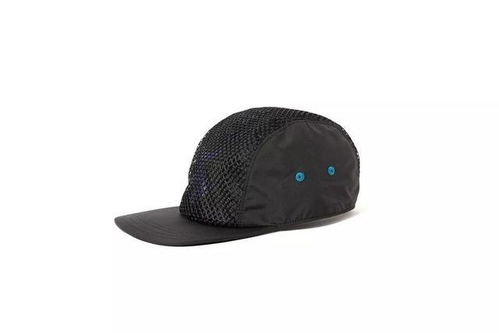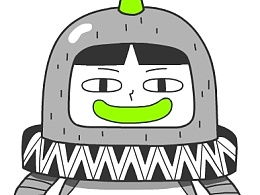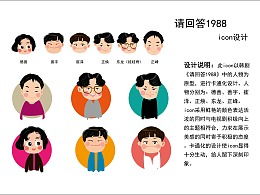
What Do Head Lice Bites Look Like?
Head lice are a common concern for many, especially children. Understanding what head lice bites look like can help you identify an infestation early and take appropriate measures to treat it. In this detailed guide, we will explore the various aspects of head lice bites, including their appearance, symptoms, and how to differentiate them from other conditions.
Appearance of Head Lice Bites

Head lice bites typically appear as small, red bumps on the scalp. These bumps are often found in clusters and can be scattered across the head. The bites may be itchy, and scratching can lead to secondary infections, which can cause more severe symptoms.
Here’s a closer look at the appearance of head lice bites:
| Feature | Description |
|---|---|
| Size | Bites are usually small, ranging from 1 to 2 millimeters in diameter. |
| Color | They are typically red or pink, and may appear slightly raised. |
| Location | Bites are commonly found on the scalp, behind the ears, and around the neckline. |
| Clustered | Bites often occur in clusters, which can make them more noticeable. |
Symptoms of Head Lice Bites

In addition to the appearance of red bumps, head lice bites can cause several symptoms. These symptoms may vary from person to person, but some common signs include:
-
Itching: This is the most common symptom of head lice bites. The itching can be mild or severe, and may worsen at night.
-
Scalp irritation: The bites can cause the scalp to become red, inflamed, and sensitive.
-
Secondary infections: Scratching the bites can lead to infections, which may cause more severe symptoms such as swelling, pain, and pus.
-
Loss of hair: In some cases, excessive scratching can lead to hair loss in the affected area.
Differentiating Head Lice Bites from Other Conditions

It’s important to differentiate head lice bites from other conditions that may cause similar symptoms. Here are some common conditions that can be mistaken for head lice bites:
-
Dandruff: Dandruff is characterized by flaky, dry skin on the scalp. While it can cause itching, it typically does not result in red bumps.
-
Eczema: Eczema is a skin condition that can cause red, itchy patches on the scalp. However, eczema may also affect other areas of the body, and the red bumps are usually not as small as those caused by head lice.
-
Psoriasis: Psoriasis is another skin condition that can cause red, scaly patches on the scalp. Like eczema, it can cause itching, but the red bumps are usually larger and more scaly.
Preventing and Treating Head Lice Bites
Preventing head lice bites is the best way to avoid an infestation. Here are some tips to help you prevent head lice:
-
Regularly check your hair and scalp for signs of lice.
-
Avoid sharing personal items such as combs, brushes, hats, and scarves.
-
Keep your hair tied up in a ponytail or bun when possible.
-
Wash bedding and clothing in hot water after exposure to lice.
For treating head lice bites, there are several options available:
-
Over-the-counter lice shampoos: These shampoos contain ingredients that kill lice and their eggs.
-
Prescription medications: In some cases, a doctor may prescribe a stronger medication to treat head lice.
-
Related Posts
tsetse fly bite,Tsetse Fly Bite: A Detailed Look into the Pesky Insect and Its Impact
Tsetse Fly Bite: A Detailed Lo…
what helps with mosquito bites,Understanding the Itch
Understanding the Itch Have yo…







